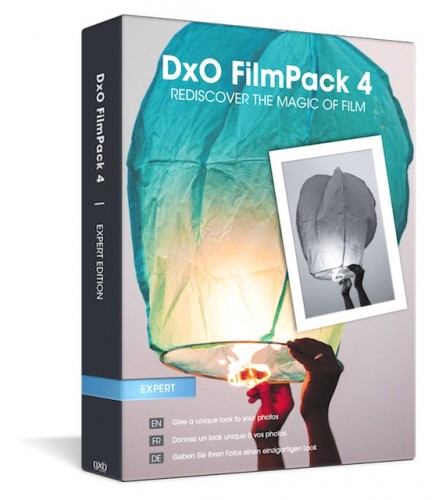

DxO’s Time Machine cannot pull a roll of film out of your computer but it can show you what the historical media looked like with extremely high accuracy. In the absence of experience, relevant education is the next best option.

My real question is this: how many of today’s digital camera users ever even shot film? Any film? Within that context, how can anyone tell if a plug-in filter accurately reproduces the exact performance of a long lost emulsion? And I’ve been doing this since milk came only from cows and was sold in bottles with cardboard lids. So I estimate that if you’re younger than 50 you’ve never shot it.Ĭould you spot a picture printed from Kodak Ektar 100? I cannot. But I seriously wonder how many readers remember what pictures shot on ASA 32 Panatomic-X, for example, look like. Both FilmPack 6 and Exposure X7 enable you to convert your digital images so that the results appear to have been recorded on one of many different historical film brands and types. You can buy the Exposure X7 bundle, which includes X7, Blow Up and the highly-rated Snap Art, for $149 from Exposure Software’s website.
#Dxo film pack 4 vs 5 software#
In addition to being powerful and useful programs, apps in the Nik Collection use DxO’s exclusive U Point technology that lets users position Control Points to pinpoint location and extent of adjustments.įor the record, Exposure Software (formerly known as Alien Skin) performs a similar feat with Exposure X7, the recently refreshed and latest version of the editing tool they’ve been continually refining for some time now. Silver Efex has been a go-to standard for monochrome conversion for years, and Analog Efex allow users to experiment with classic cameras virtually. The Nik Collection, another DxO product, includes programs that perform similar film-matching manipulations. DxO painstakingly analyzed images captured on these old film stocks to authentically reproduce their characteristics. We’re talking Kodak Tri-X Pan, Ilford HPS, classic emulsions from Fujifilm and many others. Known best, perhaps, for the ability to eliminate distortions and correct for the shortcomings of digital cameras, lenses and imaging sensors, their software is rock-solid and powerful.įilmPack 6 allows users to recreate the colors, grain, saturation, contrast and nuances of 84 historical analog films. In FilmPack 6, DxO introduces an intriguing new feature they call “Time Machine.” Here’s a careful look at this new approach to creative image editing.ĭxO, the company that’s been fixing our pictures for many years now, produces legendary software that is purely based on science.
#Dxo film pack 4 vs 5 upgrade#
For the first time ever, DxO PhotoLab supports Fujifilm X-Trans sensors (but requires purchase of FilmPack 6 to apply Fujifilm Film Simulations).įilmPack 6 is hugely exciting – it’s the first upgrade to the DxO FilmPack series since 2015. PhotoLab5 is more than just an incremental upgrade over the previous version. DxO just announced PhotoLab5 and FilmPack 6, and we had the chance to explore the software for a few weeks before the release.


 0 kommentar(er)
0 kommentar(er)
